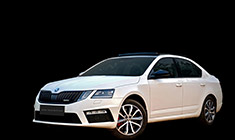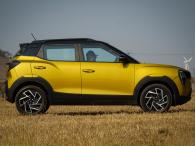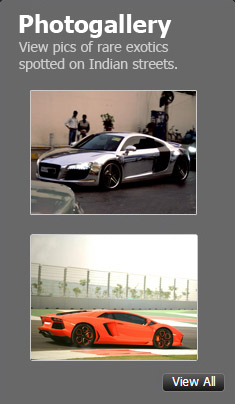News
Cars that lost their better engines
Specifically talking about the engines, there have been some that truly made enthusiasts tick.
BHPian Omkar recently shared this with other enthusiasts.
Over the years, we’ve had so many cars that were made by enthusiasts, for enthusiasts. But for reasons like stricter emission norms and poor sales, some of these cars didn’t remain in the market for long. Specifically talking about the engines, there have been some that truly made enthusiasts tick. We are listing down some cars that lost engines that were made for enthusiasts. Do share your thoughts on the cars that you think lost their better engines.
Hyundai Grand i10 Nios / Aura 1.0L Turbo-petrol

A Hyundai hatchback / compact sedan with a power-to-weight ratio of over 100 BHP/ton was something not a lot of people expected. This 3-cylinder engine transformed the Nios and the Aura into pocket rockets. One could hit 100 km/h in 2nd gear itself! Unfortunately, the engine didn’t find a lot of takers and Hyundai decided to pull the plug on it.
BMW 530d 3.0L Diesel
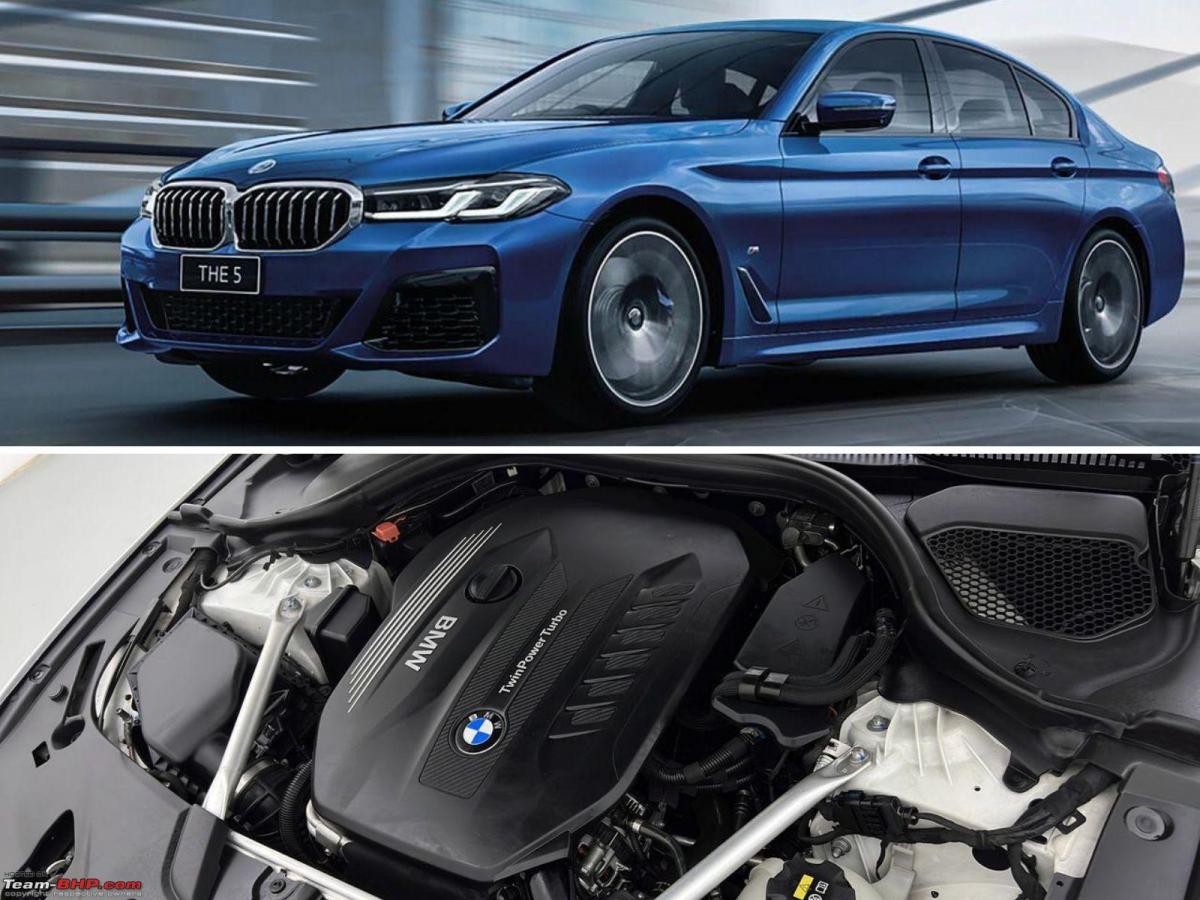
The BMW 3.0-litre, 6-cylinder engine was truly an icon and had a huge fan following. It was known for its fast performance, practicality and fuel economy. However, the drop in sales of sedans and aversion from diesel engines would eventually mean that the 530d would be dropped for the more affordable 520d.
Force Gurkha Xtreme 2.2L Diesel
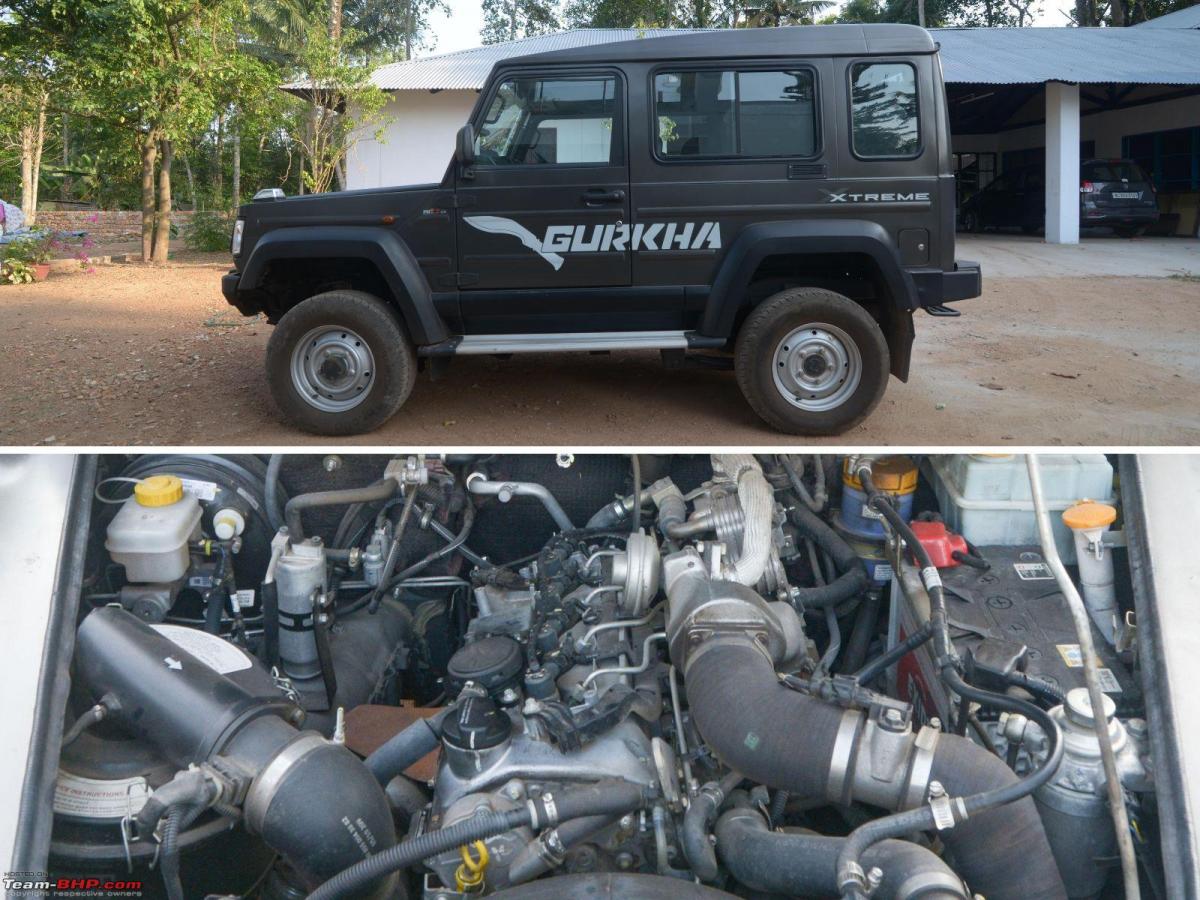
The Gurkha has always had a Mercedes-derived 2.6L diesel engine. However, Force had introduced an Xtreme variant of the off-roader with a 2.2L diesel engine. This engine produced 138 BHP @ 3,800 rpm and 321 Nm of torque @ 1,600-2,400 rpm was mated to a 5-speed MT and came with a dual-mass flywheel. Along with the 4x4 tech and locking differential on both axles, the Gurkha Xtreme was a monster. However, with BS6 emission norms being implemented, Force switched back to the 2.6L diesel engine that makes just 90 BHP and 250 Nm.
Tata Tiago/Tigor 1.2L turbo-petrol
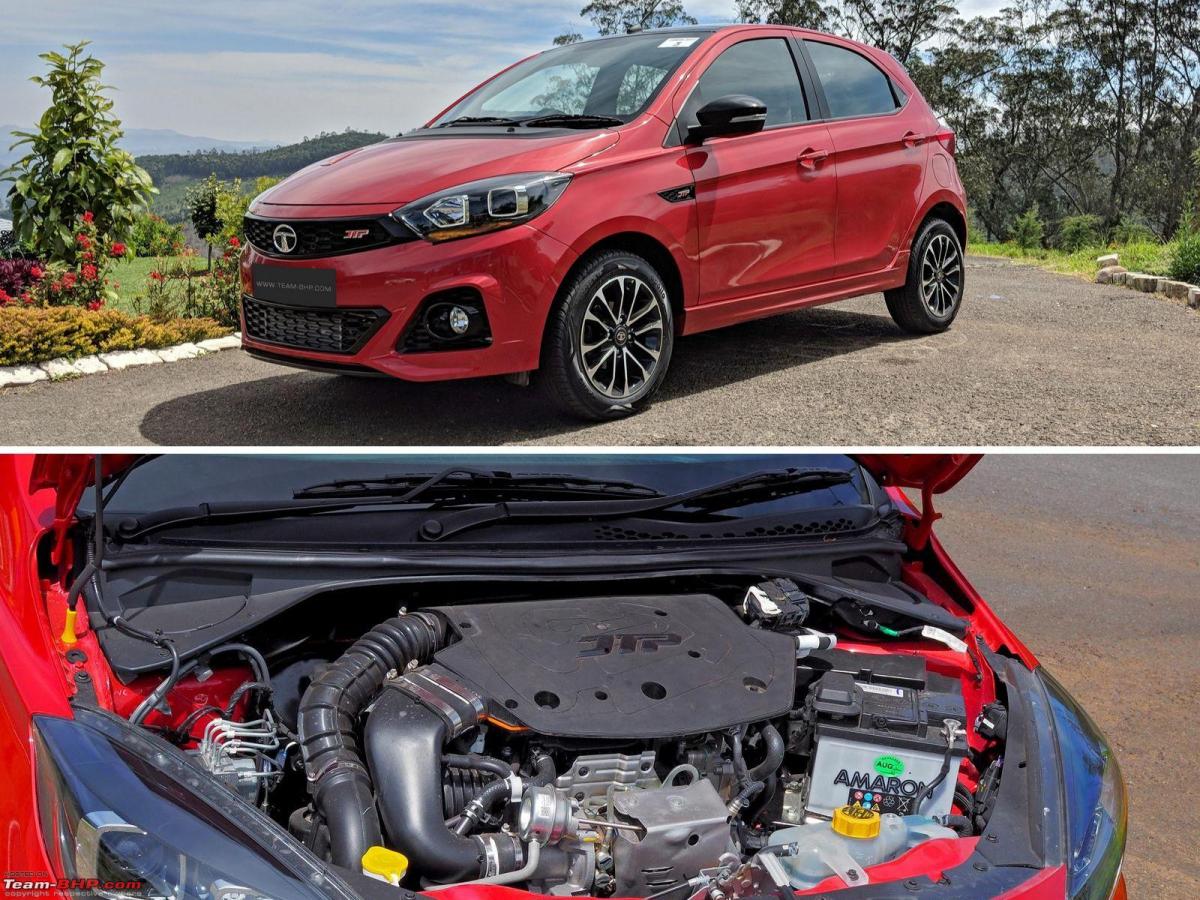
Tata in collaboration with Jayem Automotive launched the Tiago and Tigor JTP editions. These cars were powered by the Nexon’s 1.2L turbo-petrol engine. The Tiago JTP had a power-to-weight ratio of 107 BHP/ton. This wasn’t a car that was very comfortable in the city traffic. It was meant to be driven hard on B roads or up the hills. You would enjoy pushing it on your favourite roads. However, the partnership between Tata Motors and Jayem ended and the JTP twins were discontinued.
Fiat 1.3L diesel

Rightly crowned as the national engine of India, this 1.3L diesel engine from Fiat made it big not just in their cars (Punto & Linea), but also in Maruti (Swift, Ciaz, Ignis, Baleno, etc.), Tata (Zest, Bolt, Indica Vista, etc.) and Chevrolet (Sail, Enjoy and UV-A) vehicles. Over 8 lakh units were produced during its lifecycle. It was eventually axed when BS6 emission norms were implemented. People have covered a crazy number of kilometres in their cars with this engine and enthusiasts still reminisce about it to this day.
Volkswagen-Skoda-Audi 2.0L TDI

The Volkswagen group never really recovered from the infamous diesel gate scandal. It decided to focus only on petrol engines and electric vehicles. This was the end of the 2.0L diesel engine which was used in cars like the VW Tiguan, Skoda Octavia, Audi A4 and more.
Maruti S-Cross 1.6L Diesel

Everyone appreciated Maruti for getting this Fiat-sourced motor with 118 BHP and 320 Nm to India. The media was raving about the engine and rightly so. It had one of the best torque-to-weight ratios in the segment. The engine, however, had only 67% localization as the unit and most of its ancillaries were imported from Italy. This pushed up the price and people had to opt for the smaller 1.3L diesel engine. Eventually, even with heavy discounts, sales of the S-Cross 1.6 were never up to the mark and hence, Maruti decided to drop it altogether.
Maruti Baleno RS – 1.0L Boosterjet petrol
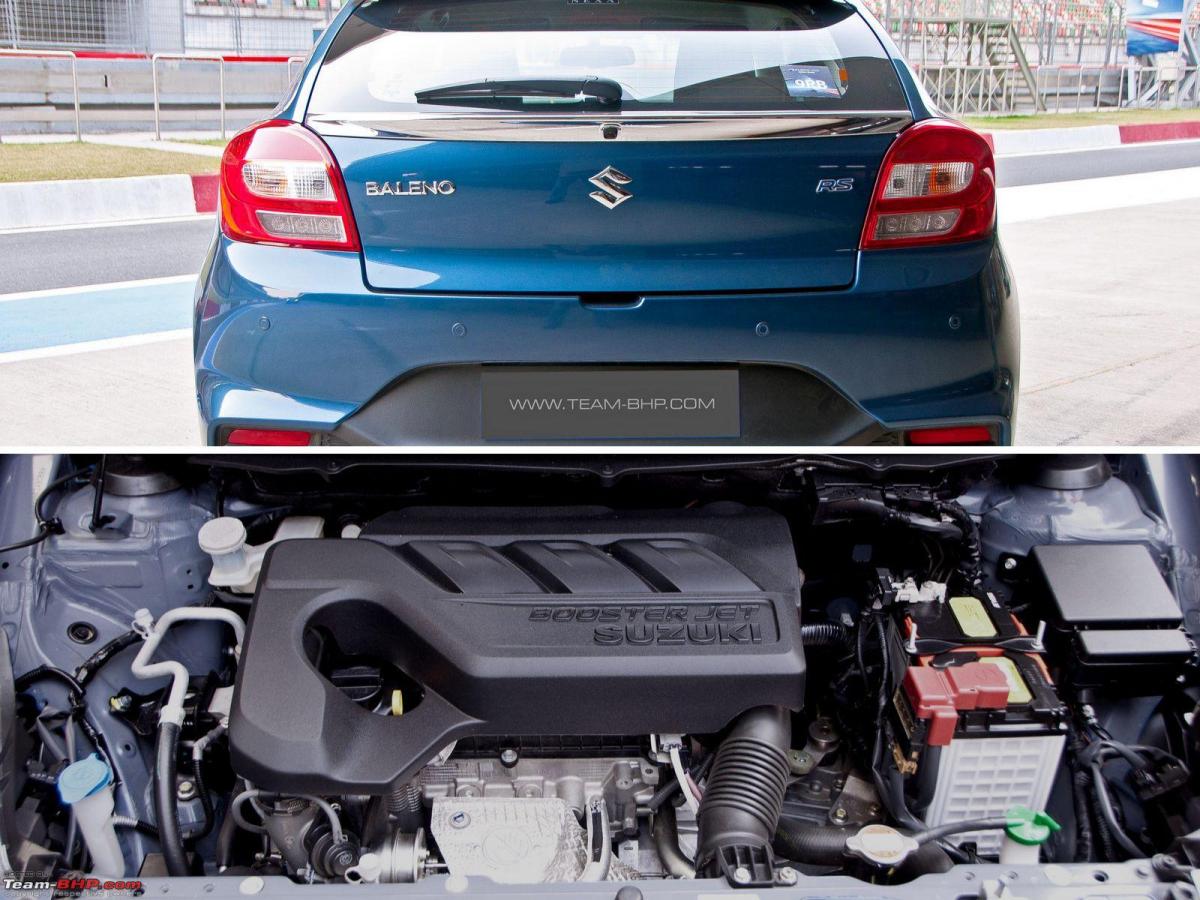
This was the first Maruti that deserved the ‘RS’ badge thanks to the 101 BHP, 3-cylinder turbo-petrol engine. Maruti launched it in the Baleno with a few tasteful exterior styling bits and the car even got all-wheel disc brakes. Since the engine was fully imported from Japan, it was on the pricier side which affected the car's sales. The engine and the RS variant were eventually discontinued when the BS6 era began.
Toyota Innova Crysta 2.8L Diesel
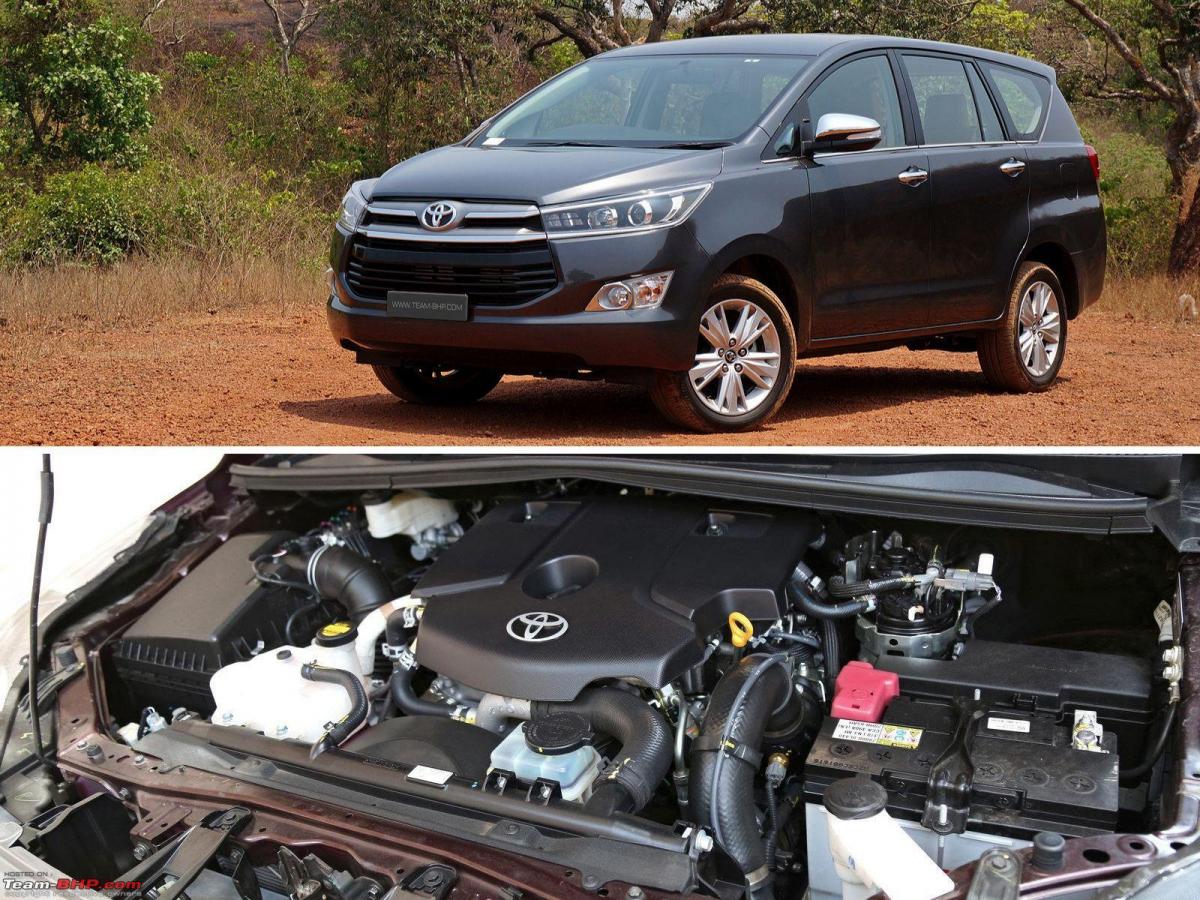
The 2.8L engine in the Toyota Innova Crysta was truly a dark horse. With 172 BHP and 360 Nm of torque, the vehicle was quite a hoot to drive. Although unofficial, the 0-100 km/h time was close to 11.5 seconds which was impressively quick for an MUV whose USP was highway cruising. Eventually, when the BS6 norms were implemented, Toyota decided to prioritize the smaller capacity 2.4L engine, since it was in high demand.
Renault-Nissan 1.5L Diesel

This diesel engine put Renault-Nissan on the map. It was available in the Renault Duster and Nissan Terrano initially in 2 states of tune – 84 BHP and 108 BHP. In the Renault Captur and Nissan Kicks, it was offered in 108 BHP tune only. It was considered the runner-up for the national engine of India after the Fiat 1.3L. Just like most engines on this list, the switch to BS6 emission norms killed the Renault-Nissan 1.5L diesel engine.
Ford Endeavour 3.2L Diesel

This 5-cylinder diesel engine was very dear to enthusiasts and was discontinued when the BS6 regulations kicked in. With 197 BHP and 470 Nm on tap, this engine packed a strong punch. It was mated to a 6-speed automatic transmission and came with a 4x4 system and Ford’s Terrain Management System. And while the BS6-compliant 2.0L diesel engine that replaced this motor made adequate power, it simply didn’t have the muscle, punch and soundtrack of the 3.2L engine.
Maruti Suzuki 1.5L Diesel

Maruti’s timing with this diesel engine was a bit off. After the 1.3L diesel was discontinued, the rightful successor would’ve been this in-house developed 1.5L diesel engine. However, it was not BS6 compliant and hence, was on sale only for a brief period in the Ciaz and Ertiga during the BS4 era. Initial reviews were very positive and the engine was an all-rounder. While initially Maruti was considering making this engine BS6 compliant, they eventually shelved the plan citing investment issues and deciding to focus on petrol and CNG instead of diesel.
Here's what GTO had to say on the matter:
During the heydays of Audi when the company was way more aggressive than today, the A4 had a wild 3.2 TFSI petrol motor. Fast & redline-happy. The A4 even had a stonking 3.0 TDI variant. Link to thread.
Today, the A4 shares its engine with lesser siblings from VW & Skoda. Just a 2.0L TSI. Heck, even the Audi A6 doesn't get Quattro anymore.
Here's what BHPian svsantosh had to say on the matter:
I think collectively the BS-6 Regime killed all the Turbo Diesel Giants. The DDiS was the best poor man's Track Monster.
RIP to all Pre-BS6 Turbo Diesels...!!
Here's what BHPian Jeroen had to say on the matter:
The Jeep Cherokee XJ had one of the best, most durable engines ever. The 4.0 L 6-cylinder in line.
It is a huge lump of metal. Producing less than 160-180BHp depending on the version. How the Americans managed to extract so little power out of such a huge engine we will never know.
It does mean this engine is virtually indestructible. It just soldiers on. Defects that would put other engines out of commission, this thing just laughs about.
Mine has done well over 320K kilometres and has had a wobbly piston (piston slap) forever. True hardcore Jeep Cherokee XJ enthusiasts call this almost run-in.
Here's what BHPian RD410 had to say on the matter:
Maruti Alto VX 1.1
Recently got to drive one and boy-oh-boy does it have some serious pull for an entry-level small car? That car is so damn tractable, I mean which other car in the same segment can cleanly pull from as low as 30kph in 5th gear, with A/c and 4 passengers!? So refined, with smooth gearshifts, zero A/c lag, no vibration, and no jerking, it felt like I was driving a car from 2 segments above. I don't know who, but the Maruti official that gave the green signal to plonk the F10D 4cyl engine into such a small and tight package like Alto has my respect. Maruti did give an even better package with the Alto K10 and they managed to recreate some of the magic with the heavily improved bs6 F8D Alto 800. But both of them lack the poise and mature character of F10D 1.1 VX.
Check out BHPian comments for more insights and information.



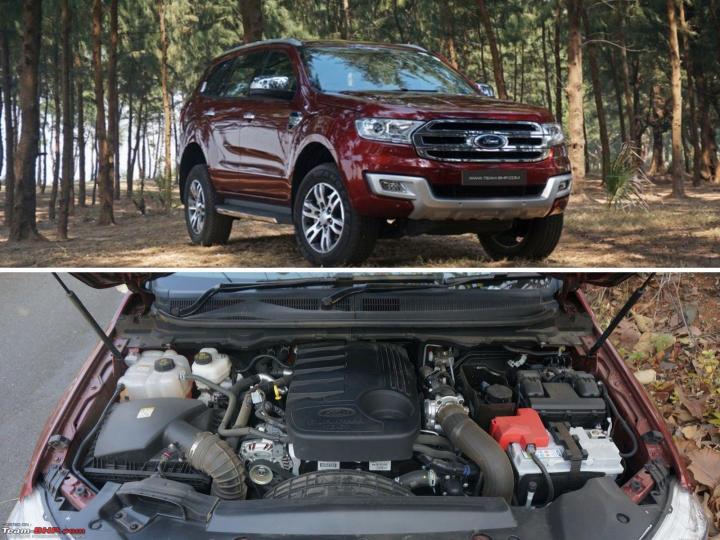



















.jpg)
